As organizations accelerate their digital transformation journeys, they’re building and deploying new systems, platforms, and customer experiences at unprecedented speed. But speed without security is a recipe for long-term risk. Embedding security and privacy by design ensures that digital initiatives are secure, compliant, and resilient from day one—not retrofitted after launch. This blog explores how organizations can […]


